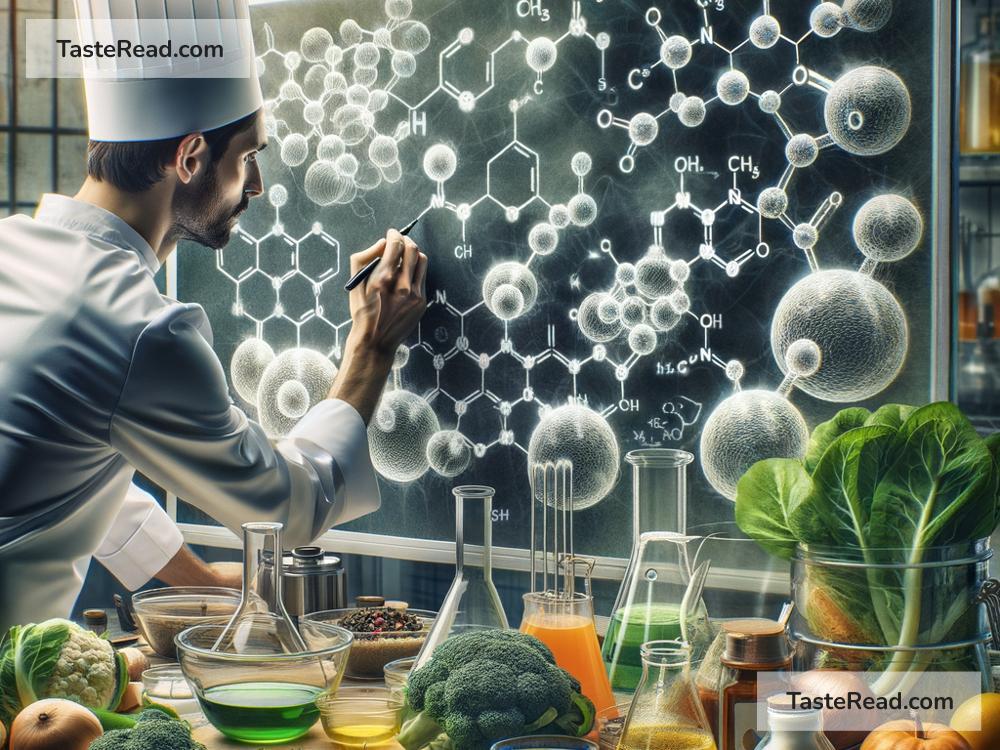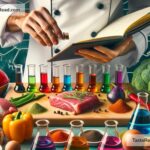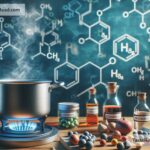The Science of Cooking with Chemical Valor: Techniques and Tips
Cooking isn’t just an art—it’s also a science! Every time you whip up a batch of cookies or sauté veggies, you’re orchestrating a delicious chemistry experiment. Getting a handle on the science behind cooking can help you master recipes, troubleshoot kitchen mishaps, and take your culinary skills to the next level. Today, let’s dive into the science of cooking with “chemical valor”—a fancy phrase for understanding the bravery of using chemistry to create tasty dishes. Let’s break it down in simple English.
What is Cooking Chemistry?
Cooking is all about chemical reactions. When you heat, mix, freeze, or chop ingredients, their molecules interact in new ways. These chemical changes are what turn a dull piece of raw chicken into a flavorful, crispy masterpiece or transform a gloopy dough into warm, golden bread.
The Power of Heat in Cooking
Have you ever wondered why frying, boiling, baking, or grilling makes food taste better? Heat is one of the most powerful tools in cooking chemistry. It causes chemical reactions that create new flavors and textures.
One key reaction is the Maillard reaction. This happens when heat interacts with proteins and sugars in food—think of the golden crust on bread or the crispy skin of roasted chicken. The Maillard reaction gives food those rich, complex, and toasty flavors we love.
Another important process is caramelization. When you heat sugar, it turns brown and develops deep sweetness. That’s what makes caramel taste so good or why cooked onions taste sweeter than raw ones.
Tip: To maximize these reactions, make sure your pan is hot enough, and avoid overcrowding (especially when cooking meat). Too many items in the pan can release steam instead of creating that beautiful browning effect.
The Role of Liquids and Emulsions
Liquids play a key role in cooking chemistry. For example, water softens food when you boil or steam vegetables. But not all liquids mix naturally—oil and water tend to be enemies in the kitchen.
This is where emulsification comes in. Emulsification means blending two liquids that don’t normally mix—like oil and vinegar for salad dressing. For an emulsified sauce like mayonnaise, adding an ingredient like egg yolk helps hold everything together.
Tip: To make perfect emulsions, whisk your ingredients at the right speed. Or add your oil slowly while stirring to get a smooth texture.
Acids and Bases in Cooking
Did you know that the pH level of your ingredients can impact your cooking? Acids (like lemon juice or vinegar) and bases (like baking soda or alkaline water) can change the flavor, texture, and color of food.
For example:
– Acid tenderizes meat. Marinate chicken or beef with lemon juice, yogurt, or vinegar for a softer texture.
– Baking soda, which is basic, makes cookies spread more and helps them become soft and chewy. It can also make boiled vegetables keep their vibrant color, but using too much can leave a bitter taste.
Tip: If you want baked goods to be extra fluffy, pair baking soda with an acidic ingredient like buttermilk or lemon juice. The acid-base reaction releases carbon dioxide bubbles that make your cakes rise.
The Magic of Enzymes
Enzymes are tiny proteins that speed up chemical reactions in food. Think about fruit ripening—it’s enzymes at work. Cooking can use enzymes in clever ways, too.
For example:
– Pineapple contains bromelain, an enzyme that can break down proteins in meat. That’s why pineapple juice works well in marinades. (But don’t marinate for too long, or the meat could turn mushy!)
– When you knead bread dough, enzymes convert starches into sugars, which feed the yeast. Yeast then produces carbon dioxide, which makes your bread rise.
Tip: Enzymes are heat-sensitive. If you need to stop enzyme activity, cook the food thoroughly, or use cold temperatures to slow them down.
Balancing Flavor with Salt, Sugar, and Fat
Flavor is a mix of taste, aroma, and texture—and chemistry is key to balancing it all. Salt enhances flavor; sugar adds sweetness; and fat makes food feel rich and soothing. Each interacts with your taste buds in unique ways.
For example:
– A pinch of salt in cookies or cake batter doesn’t make the dessert salty—it intensifies sweetness.
– Fat carries flavor compounds, which is why butter makes food taste better than just water or oil.
Tip: Taste as you go! Adjust salt, sugar, and fat for balance. If it feels like something’s “missing,” acid (like a squeeze of lemon) or umami-rich ingredients (like soy sauce) can round out the flavors.
Troubleshooting with Science
Cooking isn’t always smooth sailing—sometimes things go wrong. The good news? Understanding cooking chemistry can help you fix mistakes.
Here are some common problems:
– Your sauce is too watery. Fix: Add a thickener like flour, cornstarch, or agar. These bind with water to thicken the liquid.
– Your cake didn’t rise. Fix: Check if your baking soda or baking powder is expired. These lose their “bubble-making” power over time.
– Over-salted soup. Fix: Add a starchy ingredient like potatoes to absorb some excess salt, or dilute the soup with water.
Final Thoughts
Cooking with “chemical valor” isn’t as scary as it sounds—it’s just a way to understand the science behind your food! Knowing about heat, acids, emulsions, enzymes, and flavor balance can make you a more confident cook. Next time you step into your kitchen, experiment bravely. After all, science is delicious when applied to cooking!
Happy experimenting! 🍳


